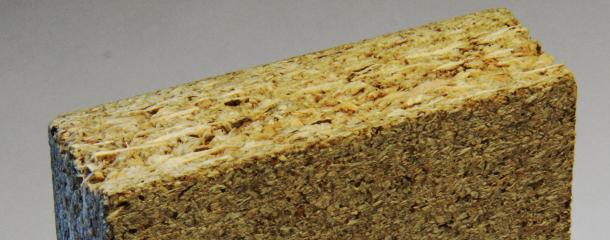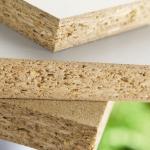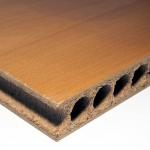ChipboardChipboard, also known as flat pressed board, consists of wood chips which are pressed into a board with the help of synthetic resins and additives. In the middle layer, larger, coarser wood chips are processed to increase the board's strength. Other materials such as annual plants can also be used in the middle layer. The top layer usually consists of fine wood shavings or sawdust to make the surface of the board dense and even. This is especially necessary for panels for furniture interior finishing, which are to be coated or varnished afterwards. Usage
Typical wood species
Surface
Advantages
Disadvantages
Chipboard production step by step |
CNC machining centres, robots894
Edgebanding, edge processing622
Saws, cutting machines436
Planers, 4-sided moulders190
Routers, shapers, tenoners, profilers181
Drilling, mortising machines134
Presses, clamps, joining machines202
Sanding machines324
Mechanisation, storage, packing technology197
Surface coating149
Production lines125
Heating, drying, waste chopping63
Dust extraction, compressed air, vacuum139
Assembly, worktables15
Lathes29
Tools, sharpening technology99
Equipment, Other machines124





